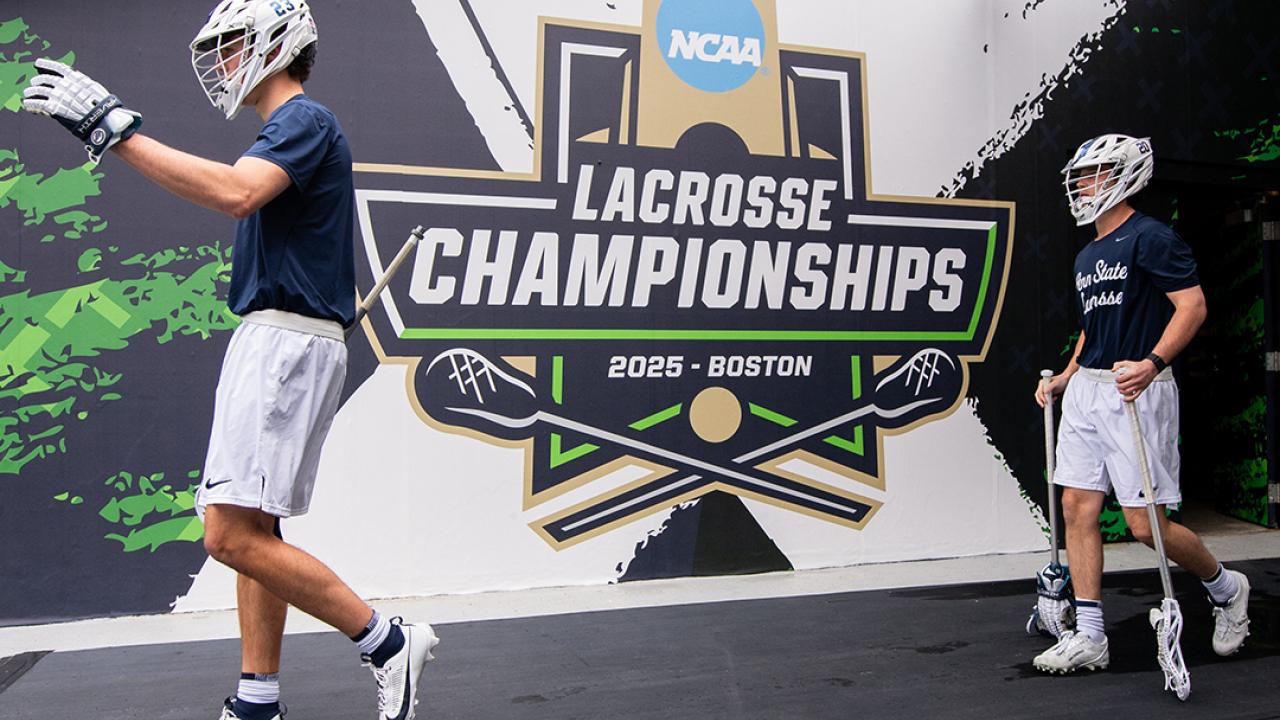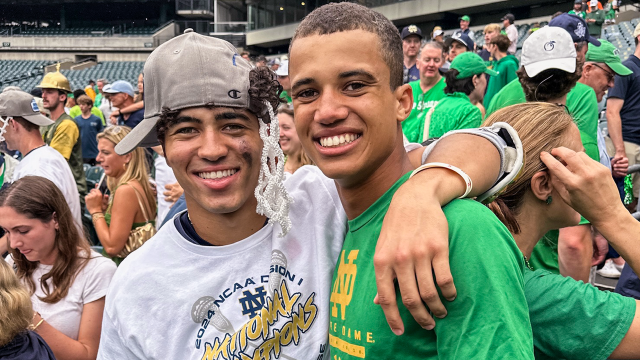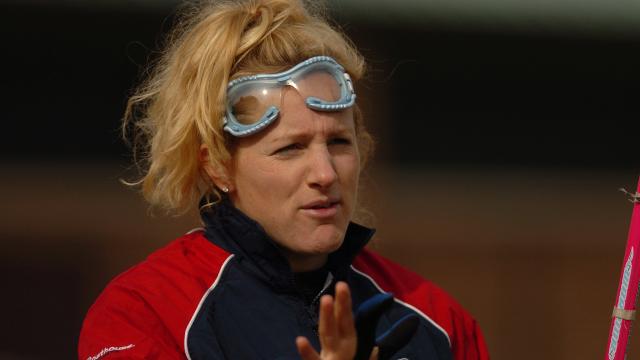
NCAA Schools Can Now Pay Athletes Directly. What's it Mean for Lacrosse?
Judge Claudia Wilken approved a settlement on Friday, ending three separate federal antitrust lawsuits, including House vs. NCAA — opening the door for NCAA schools to pay athletes directly.
There's still much to sort out, but the settlement at least brings some guidelines to college athletics.
"We look forward to implementing this historic settlement designed to bring stability, integrity and competitive balance to college athletics while increasing both scholarship and revenue opportunities for student-athletes in all sports," said Big Ten commissioner Tony Petiti in a statement on X.
For the 2025-26 school year, the cap for schools to pay its current athletes is expected to be approximately $20.5 million per school at the major college level. Athletes will also be allowed to earn additional money through name, image and likeness (NIL) revenue, but those deals will now be scrutinized by a third party — the College Sports Commission — to ensure there is a “valid business purpose” for the deals.
Additionally, as part of the settlement, NCAA schools will pay approximately $2.8 billion in back damages over the next 10 years to athletes that competed from 2016 to the present day for lost NIL opportunities.
What does this mean for lacrosse?
Candidly, few people know. For the schools with enough funding to distribute the $20.5 million directly, the money is expected to be split between football and men’s and women’s basketball, with the lion’s share going to football. Most projections expect that all other sports at colleges and universities will be sharing in the neighborhood of five percent, or just over $1 million per year.
The more immediate question is what will happen to roster sizes and scholarships? The settlement proposed NCAA Division I men’s lacrosse programs to have a maximum roster size of 48 and women’s lacrosse at 38. The cap on roster sizes was a major obstacle in moving the settlement forward with schools cutting current players to meet the maximums in many sports. A revised settlement allows schools to temporarily exceed the roster limits until the eligibility expires for players already on a roster.
The average NCAA Division I men’s lacrosse roster in 2024 was 52.7 players, meaning that moving forward, an average of 4.7 players per team – approximately 362 players overall – will lose the opportunity to compete at the Division I level. The average NCAA Division I women’s lacrosse roster in 2024 was 34.7, below the cap, but selected program carry rosters above 38 players.
The potential good news for lacrosse players is that the scholarship limits for Division I will greatly expand – from 12.6 to the cap size of 48 for men and from 12 to the cap size of 38 for women.
That doesn’t mean schools will have the money to support those additional scholarships, as several coaches revealed as we looked at the proposed settlement last year.
The settlement certainly opens the doors for some schools to go more "all-in" on lacrosse with additional scholarships. However, the financial pressure schools will be facing to compete with their peers in the major revenue sports, will also cause some hard looks at budgets and could lead to decreased investment, or outright cuts, in some sports.
As most schools spent the past year trying to figure out what was going to happen in a rapidly changing landscape, their focus was largely on their revenue sports, meaning many college lacrosse coaches are still in the dark as to what’s going to happen at their own school.
Needless to say, this will be a developing story for some time and we’ll continue to monitor what it’s impact will be on the lacrosse world.
Brian Logue
Brian Logue has worked at USA Lacrosse since 2000 and is currently the senior director of communications. He saw his first lacrosse game in 1987 - Virginia at Delaware - and fell in love with the sport while working at Washington and Lee University.

Tags
Related Articles




